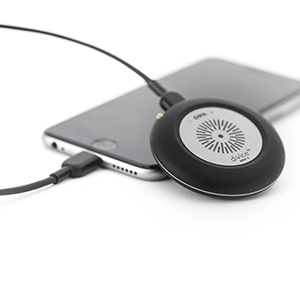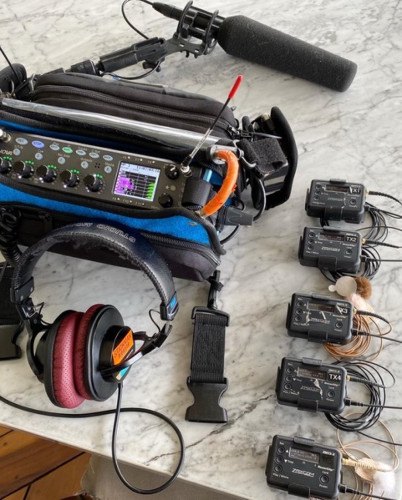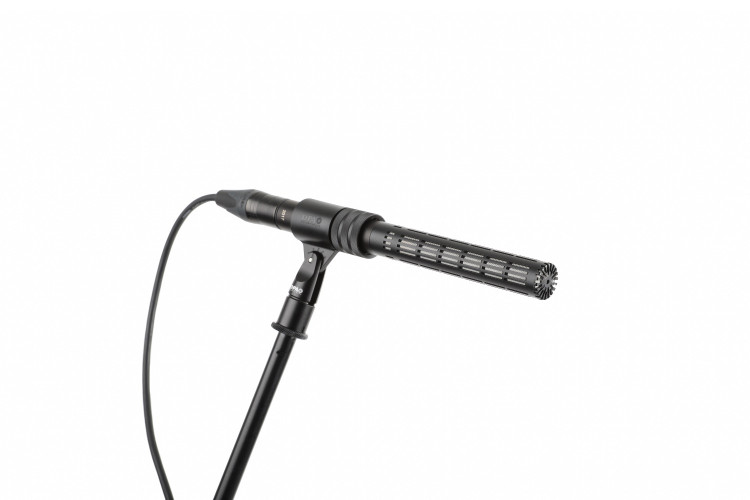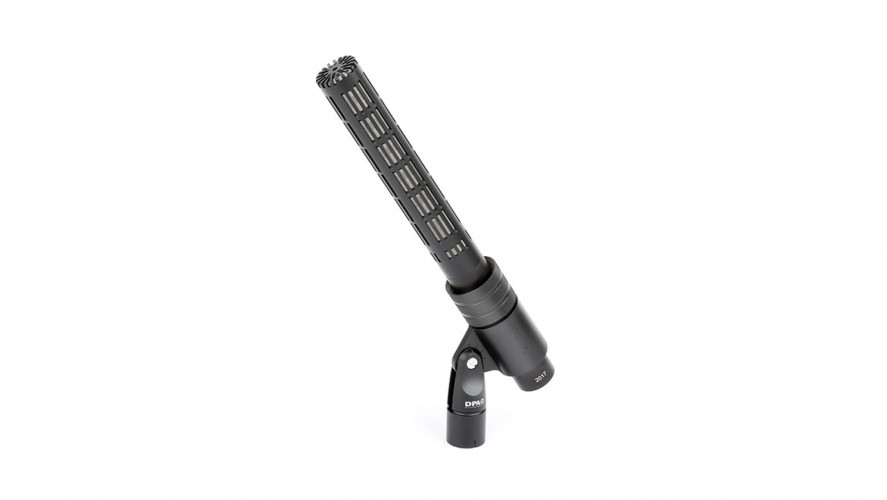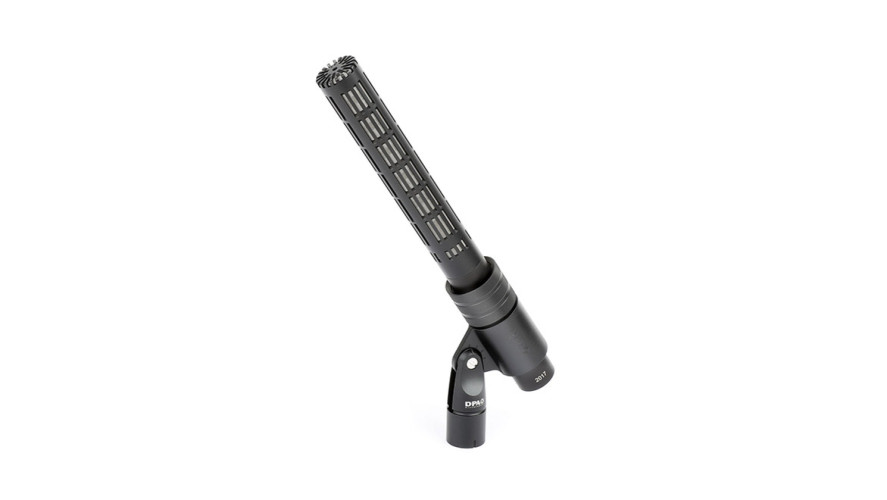i Today\'s content consumers have endless viewing and streaming possibilities thanks to the advent of smart phones and tablets that allow them to watch pretty much anything they want, on the go, and away from the confines of a television screen.
Those very same smartphones and tablets have also brought another revolution to the broadcast industry - one where content consumers can be content producers, using outlets such as Facebook Live, YouTube and Twitter to capture events as they unfold, often before the mainstream media even gets on the scene.
For traditional broadcasters who rely on news and sports coverage to retaining audience share, the decentralization of news reporting is putting even these drivers under threat. While you may not wish to fill your prime time broadcast channel with amateur internet reporting, you still need to be quick on your feet - and that means finding new and more economical ways of gathering content.
For professional broadcasters, one of the major changes is the availability of equipment like AviWest, Live-U and Mobile Viewpoint compact live broadcasting transmission units that to some extent have sent traditional ENG vans into retirement. This equipment makes it possible to broadcast live with just two people - a journalist and a multimedia engineer carrying all the necessary gear on the camera or in a backpack, and with transmission taken care of by a few 4G channels, WiFi or a similar wired or wireless IP stream. These tiny crews are not only cost-effective but also very nimble because they can operate in areas that would have been inaccessible to an ENG or Outside Broadcast van. Without the need for satellite or microwave links to access broadcast station backbones, these two-person crews can simply get on the metro, jump in a car or even on bicycles and within minutes they can be right where the story is taking place.
This rapid access has inevitably increased the burden placed on multimedia technicians as they now need to control audio, video and transmission, as well as setting the scene for the visual content. In this respect audio often receives less attention because most of us are visually oriented. However, about 80% of complaints received by broadcasters concern poor sound, or more specifically poor speech intelligibility. An audio signal is only ever as good as it is at source - it certainly won\'t get better further down the signal chain. Therefore, delivering good audio starts with good transducers (microphones). If you want to avoid complaints, you need microphones that pick up audio and deliver high speech intelligibility with little or no adjustment.
Going from an ENG van to a two-man crew is a major evolution, but it doesn\'t stop there. Smartphones also now play a major part in professional broadcast recording, thanks to their ability to be both video camera and audio recorder, as well as the transmission device. Using smartphones for live and pre-recorded content is already part of daily life for large, established broadcasters whose journalists regularly use their smartphones to capture news.
From a quality point of view this works fairly well for pictures and video, but when it comes to audio the smartphone still leaves much to be desired. News broadcasts need audio quality to match video quality so that the message is understood. When audio fails and viewers get distorted or difficult to understand sound, they will quickly change channel in search of a better alternative. Therefore, when content is being gathered by one person with a smartphone, it is even more important that good transducers and professional analogue to digital converters are employed to send the right audio signal to the device.
Audio equipment targeting these applications is already available but quality varies greatly, from professional units to inexpensive consumer-type products. This is an area where you get what you pay for, so even if you are working solo with a smartphone it is worth investing in the best microphone you can afford. Delivering great audio is a challenge that DPA Microphones thoroughly understands, which is why we have developed an extensive range of broadcast microphones that all deliver high levels of speech intelligibility, both in the studio and in a live environment. Accompanying these we have also recently launched the d:vice MMA-A Digital Audio Interface, a high quality two-channel microphone preamp and A/D converter that, when used with a DPA microphone, offers mono, dual and stereo capabilities.
Small enough to fit in your pocket, the d:vice can capture or stream studio quality audio from any iOS device, Mac or PC computer, thus making it possible to easily broadcast or record crystal clear sound from anywhere in the world. This flexibility allows a journalist to use the equipment for any unexpected situation that might arise during their day - whether it be a two-channel interview situation or a session of recording ambience sound in stereo. The unit comes with interchangeable lightning and USB cables and has MicroDot inputs that allow it to connect to all DPA miniature microphones, including the d:screet Miniature, d:fine Headset, d:vote Instrument and even the d:dicate Recording microphones with optional MMP-G preamp. Users also have access to an exclusive DPA app, available from the Apple App store, which allows gain settings and low-cut filters to be stored for ongoing and future personalized use in dedicated presets. Both d:vice and the app will be available from the end of May, 2017.
Although the d:vice was designed with broadcasters and mobile journalists in mind, it can also be used by other content makers for recording music, filming on location and during both live and recorded broadcasts. When it\'s not possible to have an experienced sound engineer on site, the d:vice can act as a \'mini sound engineer in your pocket\'.
At DPA, we recognize the growing importance of live production and we are constantly striving to develop versatile products that deliver the features this market wants. The smartphone has decentralised control of news reporting and made it possible for anyone to be a journalist these days.





